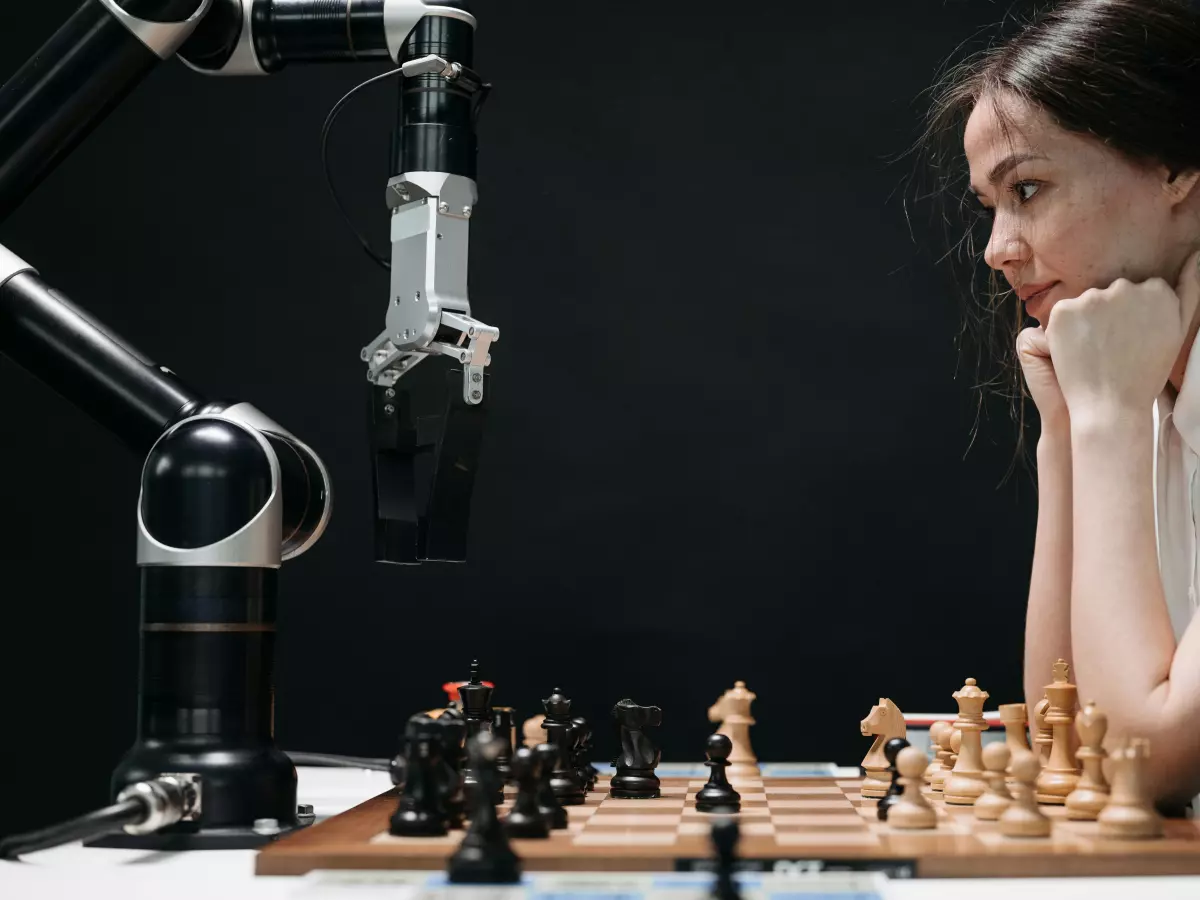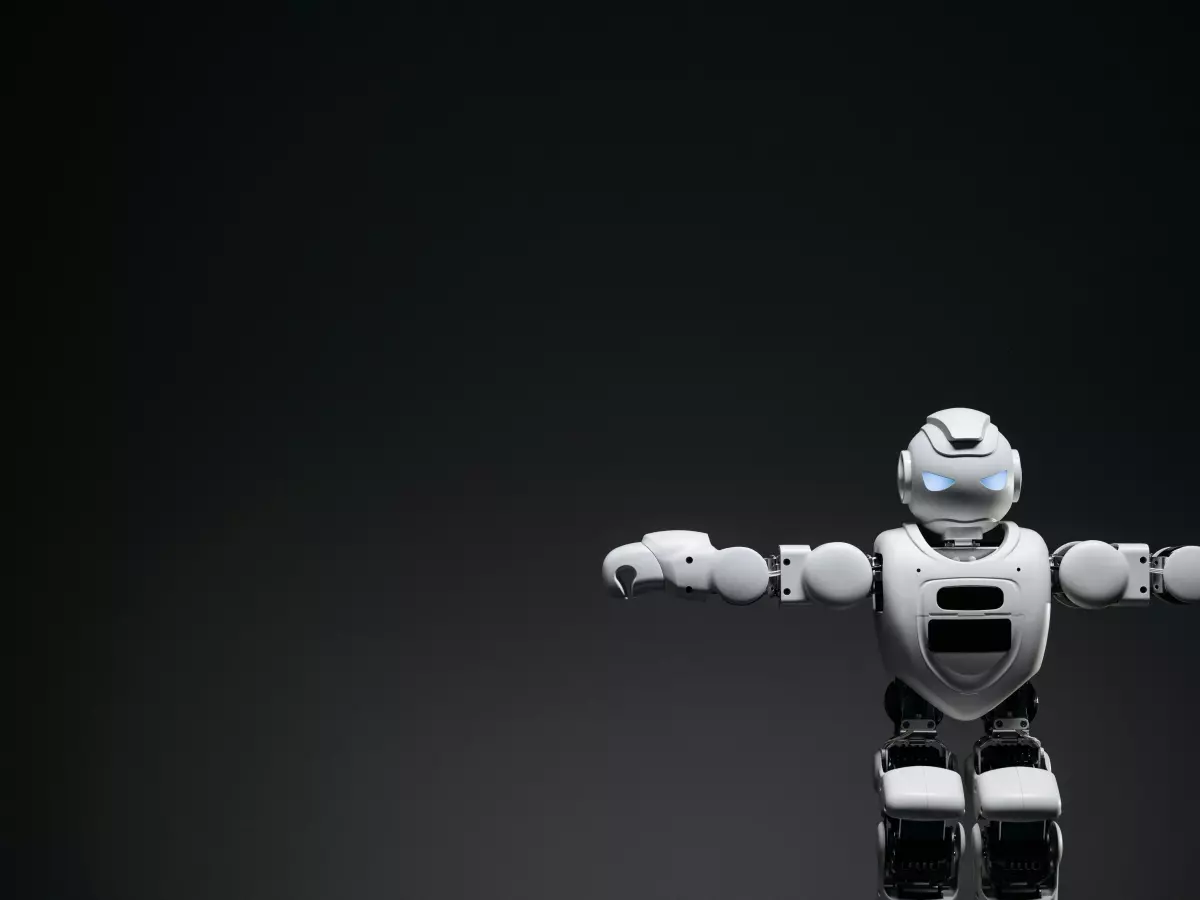Footwork
Humanoid robots are often praised for their lifelike movements, but one area that tends to get overlooked is their footwork. We’re not talking about dance moves (although, wouldn’t that be cool?), but the intricate, highly coordinated foot movements that allow these robots to walk, run, and even climb stairs like a pro. There’s a common misconception that humanoid robots simply mimic human foot movements by copying our biomechanics. But here’s the kicker—robot feet are way more complex than you think.

By Hannah White
While human feet are marvels of evolution, humanoid robot feet are the result of cutting-edge engineering. The truth is, humanoid robots don’t just replicate human foot movements—they have to innovate them. Why? Because robots don’t have muscles, tendons, or the same kind of sensory feedback that humans do. Instead, they rely on a combination of sensor integration, motion control algorithms, and some seriously clever design strategies to pull off those smooth, human-like steps.
So, how do they do it? Let’s break it down. First, we need to talk about sensors. In a humanoid robot, the feet are packed with sensors that gather data about the environment. These sensors can detect things like pressure, balance, and even the texture of the surface the robot is walking on. Think of them as the robot’s version of proprioception—the ability to sense where your body is in space. Without these sensors, the robot would have no idea if it was walking on a flat surface, a slope, or a staircase. And trust me, you don’t want a robot face-planting on the stairs.
The Role of Pressure Sensors
One of the most important sensors in a humanoid robot’s foot is the pressure sensor. These sensors are usually embedded in the sole of the robot’s foot and are responsible for detecting how much force is being applied to the ground. This information is crucial for maintaining balance and adjusting the robot’s gait in real-time. For example, if the robot steps on an uneven surface, the pressure sensors will detect the imbalance and send that data to the robot’s control system. The control system then adjusts the robot’s posture and foot placement to prevent it from tipping over. It’s like having a built-in reflex system, but for robots.
But pressure sensors aren’t the only game in town. Humanoid robots also use gyroscopes and accelerometers to measure their orientation and movement. These sensors work together to ensure that the robot’s foot movements are smooth and coordinated. Imagine trying to walk without knowing whether you’re leaning forward or backward—yeah, not fun. Gyroscopes and accelerometers help the robot avoid that awkward stumble by constantly monitoring its position and adjusting its movements accordingly.
Motion Control Algorithms: The Brain Behind the Feet
Now that we’ve covered sensors, let’s talk about the brains behind the operation: motion control algorithms. These algorithms are responsible for processing the data from the sensors and turning it into actionable movements. In other words, they’re the reason humanoid robots don’t walk like toddlers who just learned how to use their legs.
One of the key challenges in humanoid robot foot movement is achieving a natural gait. Humans have a very specific walking pattern, with our feet rolling from heel to toe in a smooth, fluid motion. Replicating this in a robot is no easy feat (pun intended). Motion control algorithms have to calculate the exact angle and timing of each footstep to create a realistic walking pattern. This involves not only controlling the movement of the foot itself but also coordinating it with the rest of the robot’s body. After all, walking isn’t just about moving your feet—it’s about maintaining balance, shifting your weight, and adjusting your posture.
One popular approach to solving this problem is the use of inverse kinematics. Inverse kinematics is a mathematical technique that calculates the necessary joint angles to achieve a desired position. In the case of humanoid robots, inverse kinematics is used to determine the exact position of the foot at each step. This allows the robot to adjust its foot placement in real-time, ensuring that it can walk smoothly on a variety of surfaces.
Designing the Perfect Robot Foot
Of course, all the sensors and algorithms in the world won’t help if the robot’s foot design is off. Humanoid robot feet have to be designed with both form and function in mind. They need to be sturdy enough to support the robot’s weight, flexible enough to adapt to different surfaces, and sensitive enough to provide accurate feedback to the control system.
One common design feature in humanoid robot feet is the use of segmented soles. These soles are divided into multiple sections, each of which can move independently. This allows the foot to conform to uneven surfaces, much like how human feet can adjust to different terrains. Some robots even have toes that can flex and grip, providing additional stability and control.
Another important design consideration is the material used for the foot. Many humanoid robots use rubber or silicone soles to provide traction and prevent slipping. These materials also help to absorb shock, reducing the impact on the robot’s joints and improving overall stability.
What’s Next for Humanoid Robot Foot Movements?
So, what does the future hold for humanoid robot foot movements? One area of ongoing research is the development of more advanced sensors that can provide even more detailed feedback. For example, some researchers are working on sensors that can detect not only pressure but also temperature and texture. This would allow robots to adapt even more effectively to their environment, whether they’re walking on a cold, slippery floor or a rough, uneven surface.
Another exciting area of development is the use of machine learning to improve motion control algorithms. By analyzing data from previous movements, robots could learn to anticipate changes in their environment and adjust their foot movements accordingly. This could lead to even more natural and fluid walking patterns, making humanoid robots even more lifelike.
In conclusion, humanoid robot foot movements are a fascinating blend of sensor integration, motion control algorithms, and innovative design. While they may not have the same muscles and tendons as humans, these robots are more than capable of pulling off some seriously impressive footwork. And as technology continues to advance, we can only expect their movements to become even more realistic and adaptable. So, the next time you see a humanoid robot walking down the street, take a moment to appreciate the engineering marvel that is its feet.





